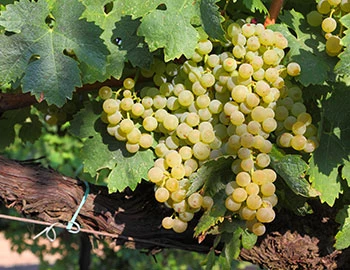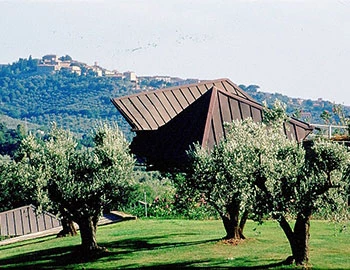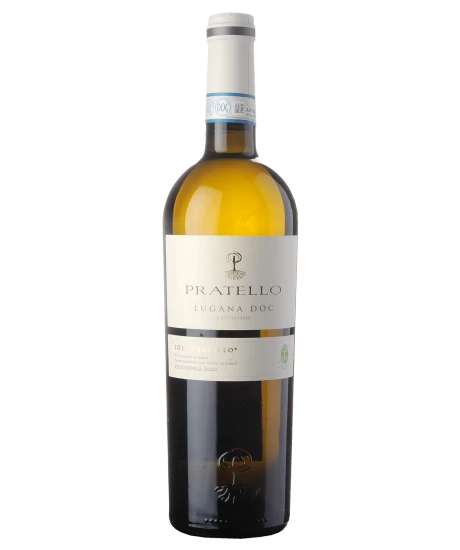Lugana 2024
DOC Catulliano, Azienda Agricola Pratello, 750 ml

Description
Floral, fruity nose with a hint of juniper berries. This is accompanied by aromas of apple and pear. On the palate, the wine is pleasantly smooth and balanced with nuances of ripe peach, apple and white rose petals.
Attributes
| Grape variety: | Trebbiano |
| Producer: | Azienda Agricola Pratello |
| Origin: | Italy / Lombardia |
| Other vintages: | 2023 2022 |
| Label: | Vegan |
| Ripening potential: | 1 to 3 years |
| Drinking temperature: | 10 to 12 °C |
| Food Pairing: | Whole baked fish, Grilled fish, Vegetable flan, quiche, Hearty stew with pulses |
| Vinification: | soft pressing, fermentation in steel tank |
| Harvest: | hand-picking |
| Maturation: | in steel tank, bâtonnage, some months bottle storage before sale |
| Bottling: | filtration |
| Volume: | 12.5 % |
| Note: | Contains sulphites |
Azienda Agricola Pratello
In Padenghe sul Garda, a small medieval village at the south-western end of Lake Garda, lies the traditional but also progressive Azienda Agricola Pratello.
Vincenzo Bertola directs this agricultural estate, which comprises a total of 100 hectares. 45 hectares of which are planted with vines. In addition, olives, cereals, vegetables and fruit are also grown. Forests and pasture land, on which an Alpaca herd frolics, form part of this estate. The soil, mainly moraine soil with some clay, is loose, stony and dates back to the glacial period. The climate is generally mild and is under the influence of the nearby lake.

Trebbiano
Largest wine provider in the world
Whenever someone speaks of Trebbiano, it is important to first ask, "Which one?" It is as though the name was once given to every vine with whitish berries, large clusters, later maturity and strong growth. They are not necessarily related to each other. The most prominent representative is the Trebbiano Toscano. It shows high acidity and a fairly neutral aroma profile. Nevertheless, it produces more wine than any other grape in the world. Cognac is responsible for part of this: after the Trebbiano came to Avignon with the Popes in the 14th century, it trekked further via Languedoc into the cognac region of the Charente. There, it is called Ugni blanc. With its high acidity and subdued aromas, it is perfect for distillation. In Tuscany, it is pressed into Vin Santo. Before 2006, it was additionally a part of the Chianti recipe. Another branch of the family is the Trebbiano d'Abruzzo , which in central Italy ideally yields mineral wines with great aging potential.

Italy
Italy – Where wine is a way of life
The Italian wine regions are extremely diverse, and this is made clear in their wines. Established varieties such as Merlot, Syrah, and Sauvignon can be found on just 15 percent of the total vine growing area. The remaining 85 percent is reserved for autochthonous, indigenous varieties. More than 2,000 different grape varieties are grown under diverse conditions and pressed with various techniques into wines that reach the top tier of the international wine market.



